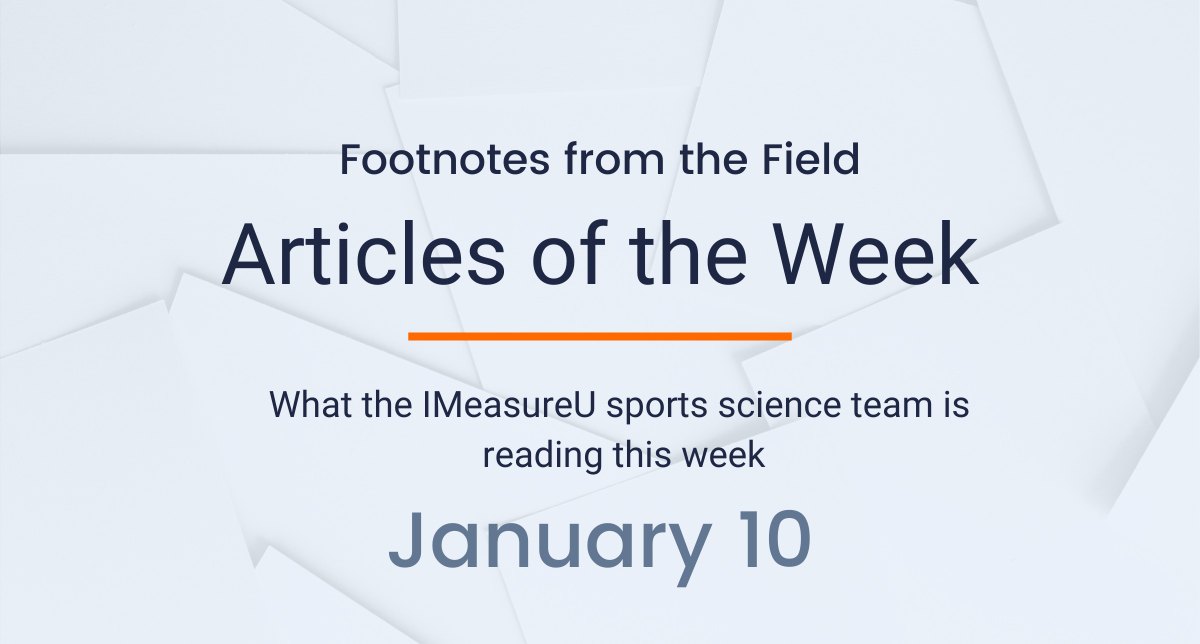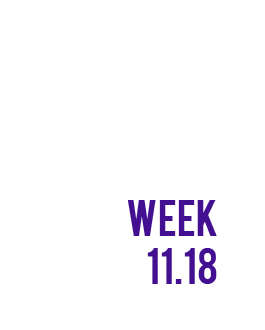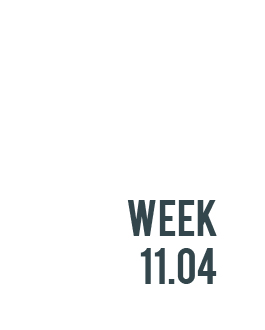
Here’s what the sports science team at IMeasureU is reading this week:
This first study of this weeks articles of the week comes from Rhodri Lloyd and the team at Cardiff Metropolitan University, Wales in Physical Therapy in Sport. The aim of this article was to determine how lower limb neuromuscular control changes over the course of a competitive youth soccer season. The main takeaway point was that certain neuromuscular control variables were susceptible to seasonal variation. Single leg countermovement jump absolute and relative peak landing force increased significantly between pre and mid season testing suggesting that young soccer players should engage in neuromuscular training throughout the season to offset any decrements in neuromuscular control and to facilitate appropriate landing strategies.
The second article in this weeks list comes from Jonathon Weakley and colleagues in the Journal of Sports Sciences. Jonathon has built and continues to build a fantastic body of research in the area of velocity based training. The aim of this study was to investigate the differences and long-term reliability in perceptual, metabolic, and neuromuscular responses to velocity loss resistance training protocols. When velocity loss thresholds are applied during resistance training, an exercise set is terminated at a pre-defined mean concentric velocity. The authors concluded that velocity loss thresholds control the magnitude of perceptual, metabolic, and neuromuscular responses to resistance training. For practitioners wanting to reliably prescribe training that can induce a given perceptual, metabolic, or neuromuscular response, it is strongly advised that velocity-based thresholds are implemented.
The final article comes from Thomas Dos’Santos and colleagues at the University of Salford in the Journal of Strength & Conditioning Research. The aim of this study was to investigate the whole-body biomechanical determinants of 180° change of direction (COD) performance. Faster COD performers displayed greater peak and mean horizontal propulsive forces in shorter ground contact times, more horizontally orientated peak resultant braking and PFs, greater horizontal to vertical mean and peak braking and peak force ratios, greater approach velocities, and displayed greater reductions in velocity over key instances of the COD. In addition, faster performers displayed greater penultimate foot contact hip, knee, and ankle dorsi-flexion angles, greater medial trunk lean, and greater internal pelvic and foot rotation. Consequently, practitioners should focus not only on developing their athletes’ ability to express force rapidly, but also develop their technical ability to apply force horizontally. In addition, practitioners should consider coaching a 180° turning strategy that emphasizes high penultimate foot contact triple flexion for center of mass lowering while also encouraging whole-body rotation to effectively align the body toward the exit for faster performance.
For more sports science check out our blog for in-depth case studies and industry updates. Also, be sure to sign up for our newsletter below so you are always up to date with the latest research.




